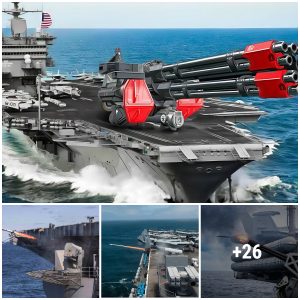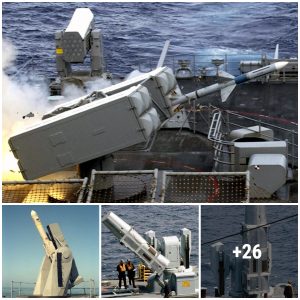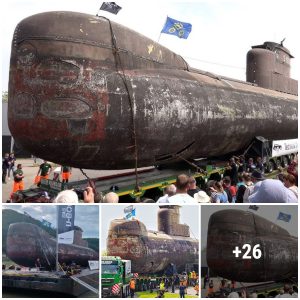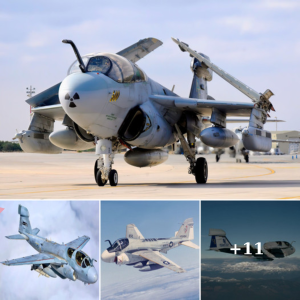When determining what is truly worthy of being described as the “Greatest Of All Time” (GOAT), no losses is certainly a box to check. That easily puts the McDonnell Douglas F-15 Eagle on the shortlist of greatest combat fighters of the 20th century, and perhaps even of all time. Considered among the most successful modern fighters, the F-15 Eagle has more than 100 victories to its credit with not a single loss in aerial combat.
Development of the F-15 began in the late 1960s as part of the United States Air Force’s efforts to keep pace with the emergence of the MiG-23 and MiG-24 fighters and to replace the fleet of McDonnell Douglas F-4 Phantom IIs, which had been in service since 1960. The program for the new fighter began in 1967, and after more than two years of intensive testing and evaluation, the Air Force awarded McDonnell Douglas the F-15 Advanced Tactical Fighter contract, after the aviation maker placed first amongst the three competitors in all phases of the competition, while also coming in with the lowest contract price.
F-15: Revolutionary Design
The single-seat, all-weather, air-superiority fighter was a noted departure from the F-4, a tandem two-seat, long-range jet interceptor, and fighter bomber. While the F-4 could engage a ground-attack role, this was initially deemed unnecessary by the F-15 Special Project Board. Instead, the Eagle was meant to serve as an air superiority fighter that could dominate the skies.
With a top speed in excess of Mach 2.5 (more than 1,600 mph or 2,575 kph), the F-15 Eagle was the first U.S. fighter with enough thrust to accelerate vertically. In early 1975, an F-15A – known as “Streak Eagle” – flying out of Grand Forks Air Force Base in North Dakota – set eight time-to-climb world records. On one flight on Feb. 1 of that year, it reached an altitude of 98,425 feet in just 3 minutes, 27.8 seconds from brake release at takeoff, and coasted to nearly 103,000 feet before descending.
It could be armed with a large complement of missiles but was also equipped with an internal 20 mm Gatling gun. An extremely maneuverable tactical fighter that was equipped with advanced avionics for the era; it could quickly achieve air superiority – outperforming and outfighting any enemy aircraft.
The F-15 Eagle Had Claws
In the 1970s, the F-15 Eagle was selected for service by the Israeli Air Force, over the F-14 Tomcat. It proved to be a wise decision, as the Eagles flown by the IAF were able to dominate the skies over much of the Middle East. It was in the late 1970s that the F-15 also came to face a true adversary in the air, and it performed even better than expected. The Eagle has been credited with downing more than 50 Syrian fighters with no losses of their own.
In addition, during the Eagle’s service with the U.S. Air Force, the aircraft downed MiG fighters during the Balkan conflict and the majority of Iraq’s fixed-wing aircraft during Operation Desert Storm in 1991. In fact, F-15C fighters accounted for 34 of the 37 Air Force air-to-air victories in that conflict.
The F-15 has since been deployed for air expeditionary force deployments and operations including Southern Watch (no-fly zone in Southern Iraq), Provide Comfort in Turkey, Allied Force in Bosnia, Enduring Freedom in Afghanistan, and Iraqi Freedom in Iraq.
The F-15E Strike Eagle
Despite the fact that the Air Force didn’t initially see a need for a strike role with the F-15, the designers at McDonnell Douglas continued to work on a potent multi-role version, which became the F-15E Strike Eagle. It was developed to fulfill both roles of air-to-air superiority and ground strike missions.
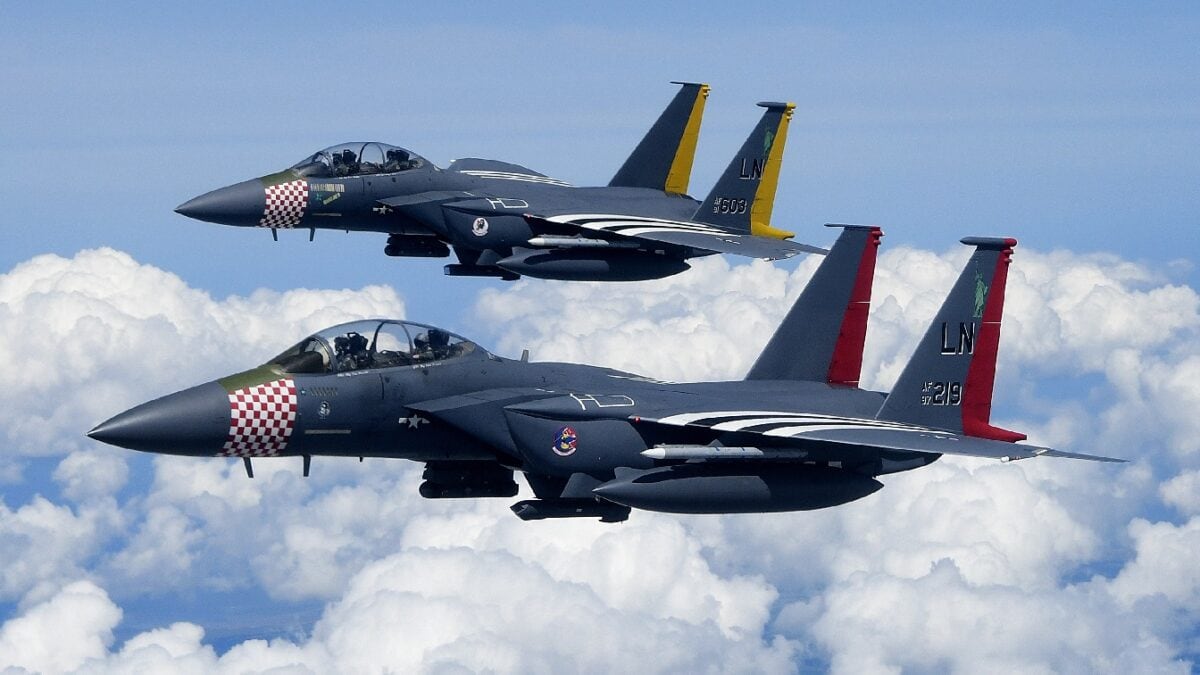
A pair of heritage painted F-15E Strike Eagles assigned to the 48th Fighter Wing conduct aerial maneuvers over southern England June 9, 2019. The Liberty Wing conducts routine training daily to ensure the 48th Fighter Wing brings unique air combat capabilities to the fight when called upon by United States Air Forces in Europe-Air Forces Africa. (U.S. Air Force photo/ Tech. Sgt. Matthew Plew)
The F-15E Strike Eagle made its maiden flight in 1986 and since 2001 the Air Force has used the aircraft almost exclusively for close-air support. The plane’s navigation system utilizes a laser gyro along with GPS to continuously monitor its position and to provide information to the central computer and other systems, which include a digital map to both the pilot and WSO (weapons systems officer). During the 1991 Gulf War, the F-15Es were operated mainly at night, hunting SCUD missile launchers and artillery sites using the LANTIRN system.
Even today, the F-15 Eagle and F-15E Strike Eagle remain in service – more than 50 years after first hatching and taking flight.


